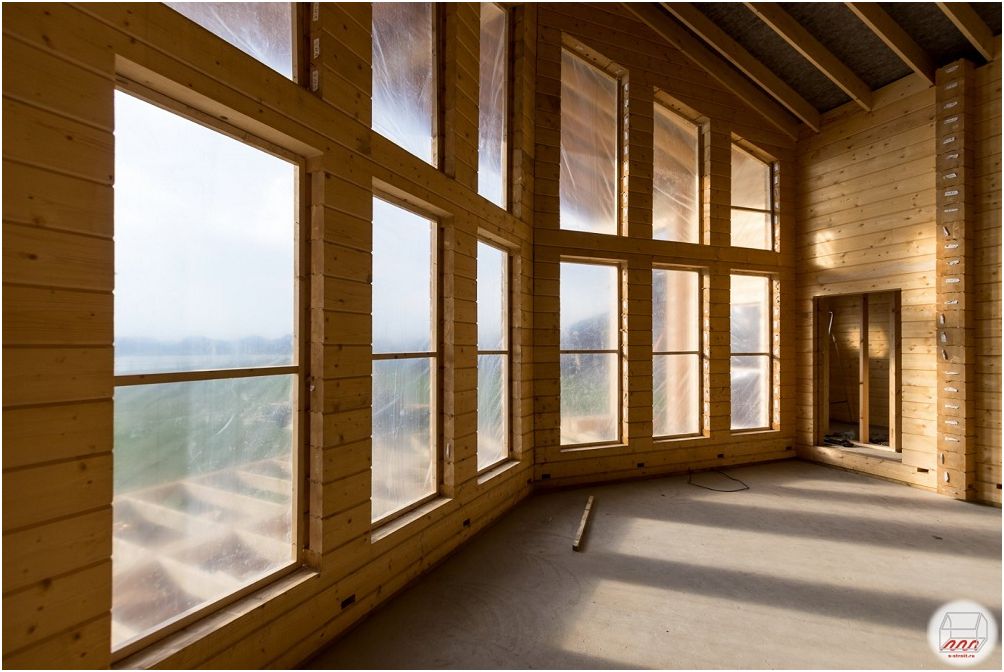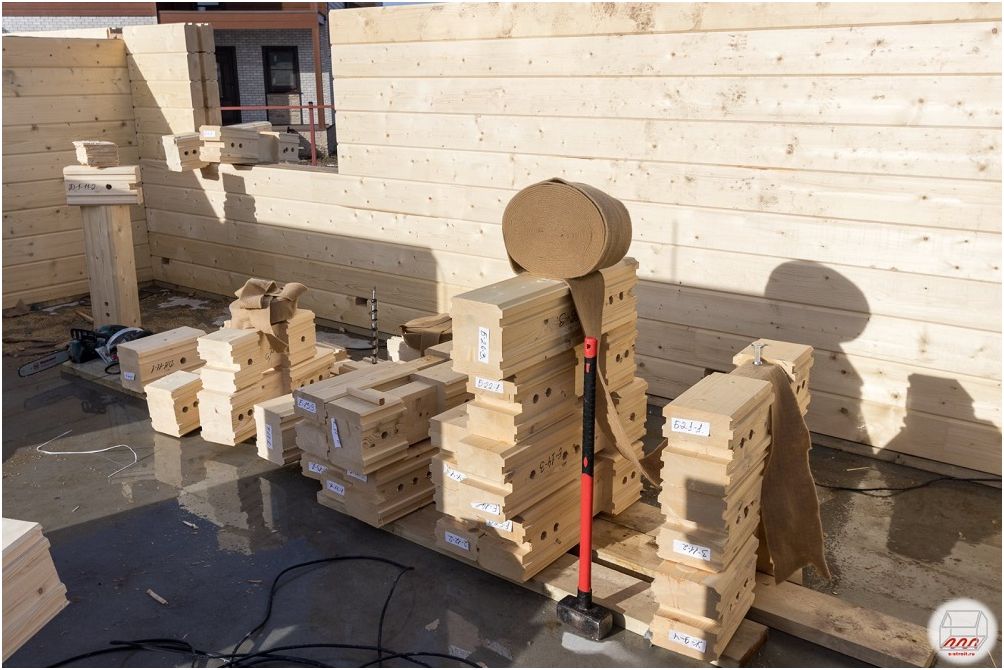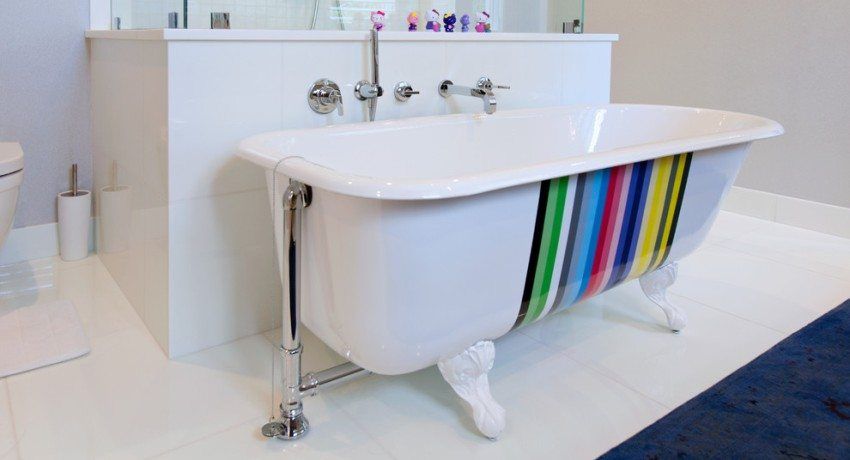Building your dwellings out of wood is probably the oldest building tradition in the history of mankind. Wooden houses have many advantages – they are natural, natural style, and high heat-retaining qualities of wood, and resistance to frost. The current market for materials and construction services offers many ways to build a wooden house. The most fundamental debate is over whether it is better to make it from a bar, or from logs. In favor of the second option, arguments are usually made that such buildings look great, they serve for a very long time, and most importantly, uncut logs retain natural resins that protect the home from temperature influences. But there are several equally convincing arguments in favor of the timber..
- Simplicity and speed of construction. Such houses according to ready-made projects can be built literally within a few weeks..
- Low cost and availability. Almost any construction company offers buildings from this material, and they are, as a rule, cheaper than brick or log buildings.
- It is not necessary to decorate the interior. By themselves, the timber walls look great as an element of the interior furnishings of any home, so it is not at all necessary to carry out additional finishing work.
- High level of thermal insulation. The bars, carefully and tightly fitted to each other, do not leave gaps, which makes it possible to do without additional insulation. In general, wooden buildings are considered warmer than brick ones, which almost always need additional insulation..
All the disadvantages are associated with the general disadvantages of any wooden buildings. This is the displacement of elements as a result of shrinkage, fire hazard, rotting, destruction by insects and microorganisms. However, all this can be prevented if appropriate processing is carried out in a timely manner..
What are they
If it is decided to build just a log house, it is worth considering that this material is also heterogeneous, which means that when choosing it, you need to take into account the features of each of the options. There are three main types – sawn, glued and profiled. To answer the question of which is better – sawn (aka edged, non-profiled), profiled timber or glued, you need to understand the production technologies, their features, as well as the advantages that this or that type can give.
To answer the question of which is better – sawn (aka edged, non-profiled), profiled timber or glued, you need to understand the production technologies, their features, as well as the advantages that this or that type can give.
- Edged. This is one of the most primitive building materials, which is obtained as a result of the simplest processing of logs. It is cut off, it is given a rectangular or square shape, then a house is formed from such a bar. The advantages of this material are price, speed of building a house, prevalence. Disadvantages – strong shrinkage of the house, the need to close up the joints, otherwise – airflow, low heat-retaining qualities of walls made of such material. Due to the imperfect fit of one beam to another, you almost always have to make interior wall decoration. Non-profiled timber is not subjected to special drying, therefore, over time it becomes vulnerable to decay, damp, and a fungus appears on it. In fact, this material is used mainly when the budget is not enough for any other.
- Profiled timber. Such material is in much greater demand than conventional, non-profiled bars. They are produced at the factory, on high-tech woodworking equipment, which first turns the logs into ordinary, edged beams, they are dried, and then special grooves are cut into them, which allow them to be very tightly connected to each other. This almost completely eliminates blowing and provides excellent thermal insulation. Inside, such walls look appropriate: thanks to the impeccable fit, the walls can not be finished at all. Buildings of this type are very little prone to shrinkage over time. In addition, houses from profiled timber are assembled very quickly, which is also a plus..
- Glued laminated timber. It retains almost all the advantages of the profiled, while it has several of its own. Comparison of laminated veneer lumber and profiled timber begins with the production technology. Glued, as its name implies, is created by gluing individual elements of solid wood. The result is durable, reliable materials that are as tightly connected to each other as profiled counterparts. At the same time, the very principle of gluing different elements makes it possible to combine expensive materials with cheaper ones, adapting the project to your own financial capabilities.
Which timber is better: glued or profiled
So, having considered the pros and cons of glued and profiled beams – the two main types around which there are most often disputes, you can go to specific criteria that can be guided by the choice. It:
- Strength. When it comes to the construction of a multi-storey building, as a rule, glued beams are chosen. They are made from harder lamellas (separate components of the timber) than the natural, non-uniform surface of solid wood..
- Impact on human health. When joining the lamellas, glue is used. The main opponents of houses made of laminated veneer lumber claim that glue is harmful to the respiratory tract, not considering that modern types of glue do not imply any effect on the body. However, for some glued beams, this is true. Typically, three main types of adhesives are used – based on polyurethane, melamine, or isocitrate. The latter is considered the least harmful to health, but in general, the researchers agree that, subject to all production technologies and the ratio of chemical elements, any of them can be used in the construction of a house..
- Shrinkage rate. Glued laminated timber is less prone to shrinkage than profiled timber. This should be taken into account when designing, as well as planning the construction of various extensions to the main building..
- The ability to pass air. Solid material is closest to the natural properties of wood, so the microclimate in such a house will be extremely comfortable at any time of the year. In turn, the use of chemical compounds in the production of laminated veneer lumber can turn into stuffy air and an unpleasant odor in the summer heat..
- Fire safety. Glued laminated timber burns much worse than solid timber – this makes it a more successful material for building a bath or sauna.
- Durability. Solid material is more prone to cracking, deformation and loss of its original appearance over the years. In turn, the combined one is highly resistant to both shrinkage and cosmetic changes..
Material and construction cost
Of course, one of the main factors that people pay attention to when deciding whether to build a house from glued or profiled timber is the price of both. As a rule, the second option is about 30% cheaper – this is due to both high production costs and the properties of both materials..
Conclusion
Regardless of whether you start building a house from glued, profiled or sawn timber, we must not forget that wood is the most environmentally friendly, but at the same time very demanding material in terms of care. It needs to be processed both outside the house and inside..
Outside the house:
- Antiseptic treatment. This is spraying with chemicals that protect the house from the damaging effects of bacteria, microorganisms and insect pests.
- Fire protection treatment. The sad experience of many hundreds of years has shown how vulnerable wooden buildings are to fire. To avoid this, you need to use fire retardants that protect the tree even from the effects of open fire..
- Painting, varnishing. In addition to a purely external effect, such treatment protects the wood from moisture and mechanical damage..
- Chemicals that protect the house from sun, rain and other natural phenomena.
- There are universal formulations – for example, paints with the addition of an antiseptic.
The chemicals used inside the home are particularly demanding. Antiseptics should be exclusively water-based so as not to harm residents.

